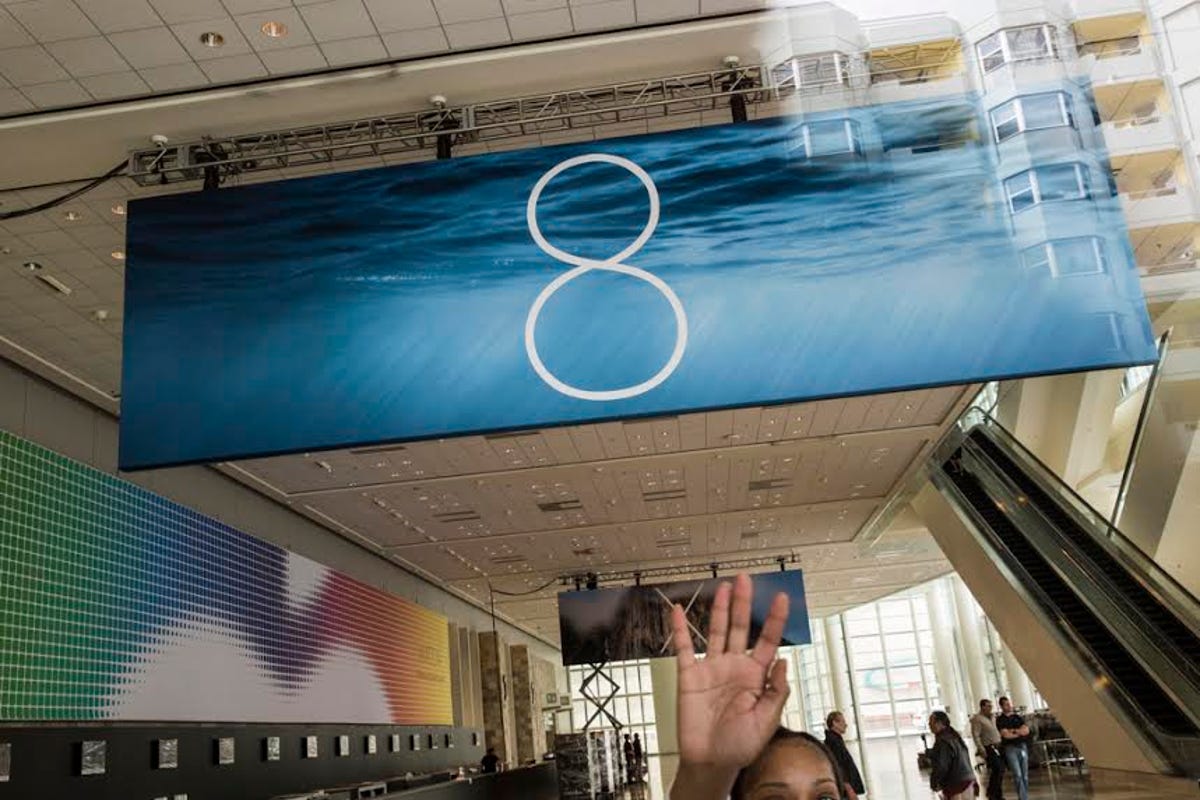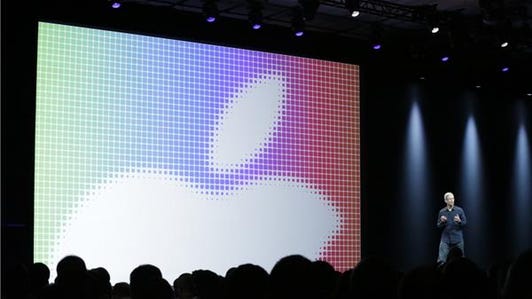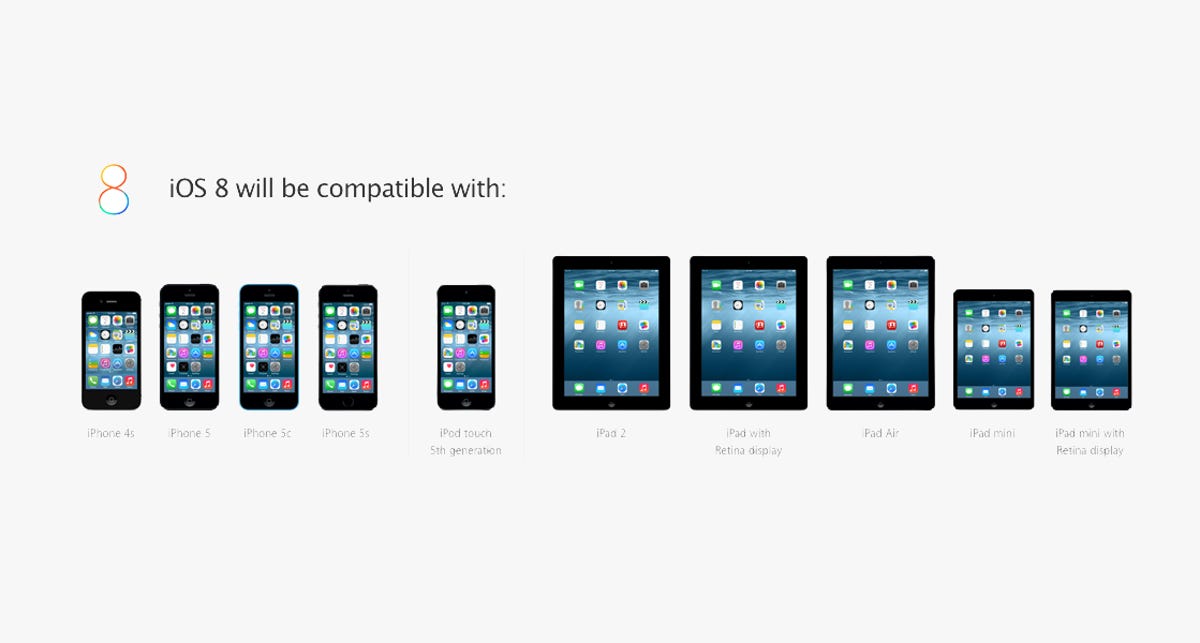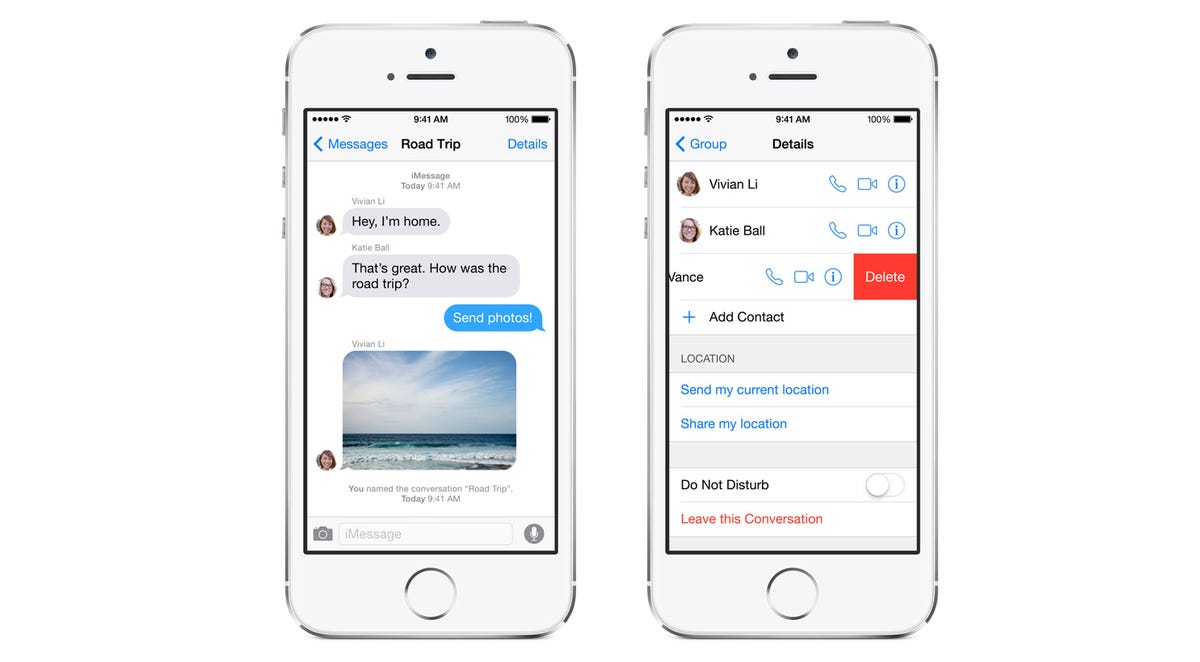This story is part of WWDC 2022, CNET’s complete coverage from and about Apple’s annual developers conference.

James Martin/CNET
Apple on Monday unveiled the next iteration of its mobile operating system, iOS 8, at its annual Worldwide Developers Conference in San Francisco. The software is available in beta for developers starting today, and for the public for free this fall.
Last year’s bold visual overhaul with iOS 7 was a stark departure for the iPhone maker’s core philosophy of tweak and refine. In key ways, Apple both returned to its tried-and-true approach of incremental changes while managing to make iOS 8 a remarkably more substantive upgrade than what we’ve become accustomed to in the years prior to iOS 7. The focus this time around is not on visuals, but functionality.
Apple WWDC 2014 event photos






+27 more
With iOS 8, Apple is bringing a laundry list of features that many have desired for years. Most importantly, the new software tackles long-standing issues with iOS’ notification system, its tie-ins with Apple’s desktop OS X software and device and file management software iCloud, and its native SMS client Messages, while still managing to extend Apple’s reach into the health and home automation space with a suite of new “Kit” apps and developer tools.
In doing so, Apple is going to great lengths to nullify the influence of competing third-party apps by bolstering the reach of its native features.
What’s new in iOS 8
Notifications are now interactive. For instance, users listening to music can now swipe down on a text message that pops up as drop-down notification and access the keyboard, replying directly from within iOS’ Notification Center without having to leave the app you’re currently in.
Related stories
- Full coverage: Apple WWDC 2014
- Apple unveils OS X Yosemite
- First take: Apple iOS 8
- Apple’s Handoff brings proximity awareness to your devices
With iCloud Drive, Apple is attempting to create a device-agnostic way for users to store files similar to Google’s Drive offering and software maker Dropbox. Now, Apple is looping in iOS more than ever before. iOS 8 will bring a Finder-like file repository to all devices, allowing users to access iCloud Drive files. All photos and videos also sync automatically with your iCloud account — similar to Dropbox’s recently released Carousel app — and the upgraded Photos app allows editing across all devices.
Combined with its next desktop operating system, OS X Yosemite, Apple’s cross-platform communication is now more seamless. Features like Handoff will let users start text messages and emails on their iOS devices and see the drafts immediately transition to desktop. This will also work on iPad with productivity apps like the iWork suite.
Thanks to Handoff, which lets Macs and iOS devices know when they’re near one another, the file-sharing feature AirDrop is no longer restricted to Mac-to-Mac and iOS-to-iOS file-sharing, and inter-device file-sharing will let you avoid emailing or texting yourself photos.
Apple also is purposefully cracking the veneer of its closed-garden philosophy. Users can now install third-party keyboards, and TouchID fingerprint scanning — which accounts for 83 percent of purchases in Apple’s App Store — will now work with third-party apps. Additionally, widgets from independent developers will be available for download from the App Store and will function within the Notification Center.


Screenshot by Nick Statt/CNET
Apple has powered up its Spotlight search functionality, as well as its Siri virtual assistant. Spotlight now gives you a wider contextual range for your query that goes beyond the files on your device to include yet-be-downloaded music and video content from iTunes, and film showtimes at nearby theaters and other Maps information.
And in a direct challenge to Google’s powerful hands-free features for its virtual assistant, Google Now, Siri in iOS 8 will be addressable with a voice command — “Hey, Siri.” The software also has been beefed up in the general voice-recognition department for reliability, will now tag songs you’re hearing in the background using the popular Shazam app, and can access smart home features using Apple’s new HomeKit developer platform.
Some of the biggest additions with iOS 8, however, are Apple’s Messages app. Software head Craig Federighi said onstage that Messages is the most used app on iOS. It’s clearly an imperative focus for Apple, as iMessage increasingly must contend with the rise of message app upstarts like WhatsApp, now owned by Facebook, and the slew of international rivals, like KakaoTalk, WeChat, and Line, that are chipping away at Apple’s grip on SMS.
To that end, Messages now contains a feature called QuickType, which is a predictive keyboard software enhancement that will learn how you talk with different people to allow for quicker auto-correct and fill-out suggestions.


Screenshot by Nick Statt/CNET
Beyond QuickType, the SMS tweaks include the capability to leave or mute specific message threads like group messages with a single button, as well as share location to users within the thread on top of audio and video using a single swipe. Sending audio — in a dose of Apple’s behind-the-scenes design — can be done automatically by lifting the phone to your ear, with the file being sent on its way when you lower the device again.
Additionally, all media shared in a text thread is now grouped together in a single attachments section of the chat, and multiple files can be sent at once.
In a move many will interpret as an advance against the explosive growth of messaging platform Snapchat, messages sent via iOS’ Messages app can become ephemeral — self-destructing after a given time limit users can designate.
Rounding out the rather exhaustive feature list is HealthKit and HomeKit. HealthKit is an iOS 8 app for fitness tracking that takes full advantage of the iPhone 5S’ M7 motion processor, allowing for much of the basic metric collection users get out of a wristband like the Fitbit Flex and Jawbone Up.
HomeKit, on the other hand, is not an app, but rather a development platform for smart device makers to loop the iPhone and iPad into controlling things like garage doors, smart locks, lighting, and temperature. Initial partners include thermostat-maker Honeywall and smart lock-maker August, though there’s no word on whether or not Apple will be extending that to include former iPod chief Tony Fadell’s company Nest, which is now owned by Google.


Now playing:
Watch this:
Apple debuts iOS 8
6:01
‘The biggest iOS release ever’
Where iOS 8 fits in within Apple’s quickly changing corporate narrative — one that now includes buying established brand leaders in markets like high-end headphones — will be the subject of much debate. As the linchpin of its mobile app dominance and the single most important selling point for iDevices, iOS’ evolution is something Apple handles with utmost care.
After all, iOS 8 marks the second major release under the guidance of head designer Jony Ive and Federighi. Apple CEO Tim Cook fired the prior iOS chief, Scott Forstall, in October 2012 in part for refusing to take responsibility for Apple’s Maps fiasco. Ive spearheaded the complete redesign of iOS 7, the first major overhaul since Apple introduced the software with the first iPhone in 2007.
iOS 7 featured different typography and color schemes from previous versions of the operating system, as well as a flatter design concept. iOS 7 also added useful features like automatic updates to make everyday use easier, AirDrop, and iTunes Radio, as well as a new control center that gives quick access to most-used features. The iOS 7.1 update in March incorporated CarPlay — a way for the iPhone (5 and newer) to power a touchscreen on a new car’s dashboard — and other bug fixes and tweaks.
With iOS 8, we’re getting what Apple considers to be “the biggest iOS release ever.” Take that with a grain of salt of course — it’s hard not to notice how often Cook likes to pepper Apple events with the word “amazing.” But this rather sizable functionality overhaul illustrates that the Cupertino, Calif., company is still capable of going the extra mile and completely reimagining what smartphone users need and want in a holistic and simplified approach.
To that end, Apple is giving us enough of the kinds of pleasant surprises we hunger for to tide us over until its bread-and-butter hardware debuts.



